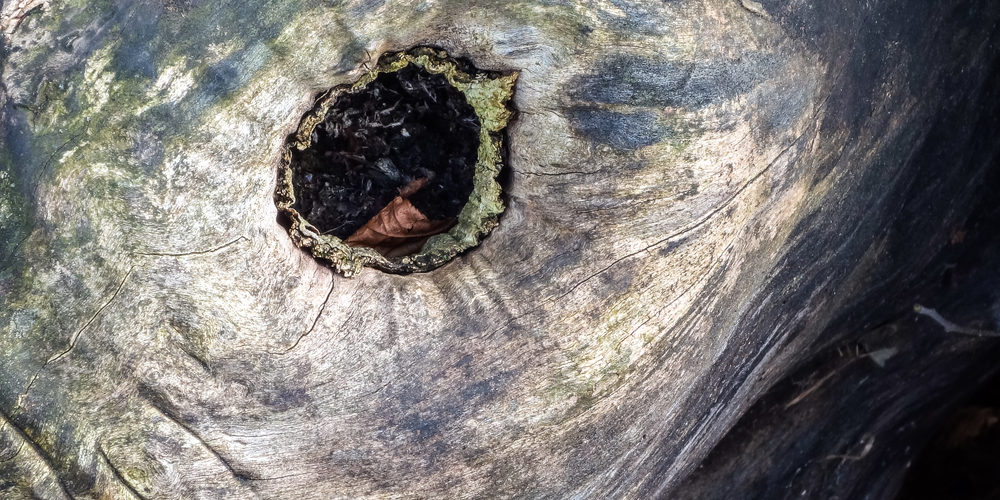Yes, stump grinding does leave a hole where the stump was. The process of stump grinding involves using a powerful machine to grind the stump down into wood chips or sawdust, which can go several inches to a foot or more below the ground level, depending on how deep the grinder is set to go. The depth of the grinding can be adjusted based on what you plan to do with the area afterward.
Here’s what happens after the stump is ground…
Size of the Hole
- The size of the hole left behind will depend on the size of the stump that was ground down. A larger stump will result in a larger hole.
- The depth of the hole can also vary. While the stump grinder can go below the surface, it usually doesn’t remove the entire root system, which can extend outwards and downwards beyond the grinding area.
What’s Left in the Hole
- The grinding process produces a mix of wood chips and soil, which fills the hole partially. This mixture can be used as mulch around your garden or yard, but you will likely have more material than what’s needed to fill the hole back in.
After Grinding
- Filling the Hole – After grinding, you may need to fill the hole with additional soil to level the ground, especially if you plan to replant grass or other vegetation in the area. Fill the hole properly to prevent settling or sinking over time.
- Dealing with Excess Material – You will often have excess material from the grinding process. This can be spread around your yard as mulch, composted, or disposed of, depending on your needs and the amount of material.
Considerations for Replanting
- If you plan to replant in the same spot, you may need to remove some of the wood chips and replace them with topsoil to create a nutrient-rich environment for the new plants. Wood chips can take nitrogen from the soil as they decompose, which might affect the growth of new plants.
- It’s also wise to wait a bit before replanting in the exact spot to allow any remaining wood pieces to decompose and avoid issues with soil compaction and nutrient depletion.
Stump grinding is an effective way to remove the visual and physical obstruction of a tree stump without the need for excavation. It requires proper planning for dealing with the aftermath, including the hole and the excess wood chips.






